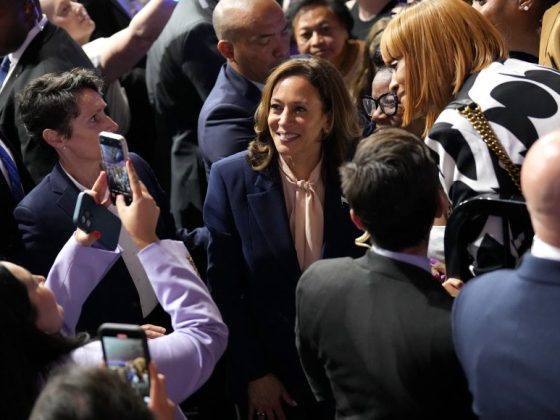The timeline of the George Floyd protests in Minnesota plays out under the gaze of public scrutiny, and at the center of this scrutiny is the state governor, Tim Walz. Known for his strong assertive approach to crisis management, Walz has maneuvered through difficult situations on numerous occasions. However, his handling of the George Floyd protests has placed him in the middle of a public controversy.
The severity of the George Floyd protests in Minnesota’s Twin Cities – Minneapolis and St. Paul – reached unmatched proportions. The incident sparked outrage among citizens as they took to the streets, voicing their refusal of systemic racism and police brutality. There were desperate calls for police reform and racial equality that echoed around the nation.
Governor Walz took responsibility for managing the state during these trying times, making difficult decisions aiming to restore peace and security. From the early stages of the protest, Walz implemented a state of emergency in Minnesota, a decision some hailed as timely but others criticized as an unnecessary display of force.
Walz soon faced backlash for his decision to activate the Minnesota National Guard, which was viewed by some sections of the society as a heightened militarized response. Instead of quelling the tensions, critics argue that this decision only served to escalate tensions between the protesters and law enforcement. For many, this decision signified an increased use of force against citizens exercising their right to protest, further widening the gulf between the Minnesota government and its people.
Critics have also argued that Walz’s response was delayed. They point out that his interventions came later than necessary, allowing for protests to escalate into riots, resulting in significant collateral damage. The destruction of properties, the negative impact on local economies and communities, as well as violent confrontations, could perhaps have been mitigated with swifter actions.
However, in defense of Walz’s approach, some argue that he was stuck in a difficult position where any decision he made would have been met with criticisms. Supporters acknowledge Walz’s attempts to balance the rights of peaceful protestors while trying to ensure public safety was not compromised.
Walz, in his counter-defense, insists on listening to, and encouraging dialogues with the communities about their needs and demands for police reform. He has stressed that his administration is committed to solving racial disparities and has pledged to carry out substantial changes in the law enforcement system in Minnesota.
These protests were a litmus test for Walz’s crisis management skills, and his decisions during this period are under continuous public scrutiny. His response illuminated the challenges that leaders face: trying to maintain order while respecting the rights of their citizens to express outrage over injustice. Walz’s handling of the George Floyd protests is but a chapter in the long history of racial tensions and protests in America, a chapter that has provided valuable lessons and reflections on leadership under crisis.











